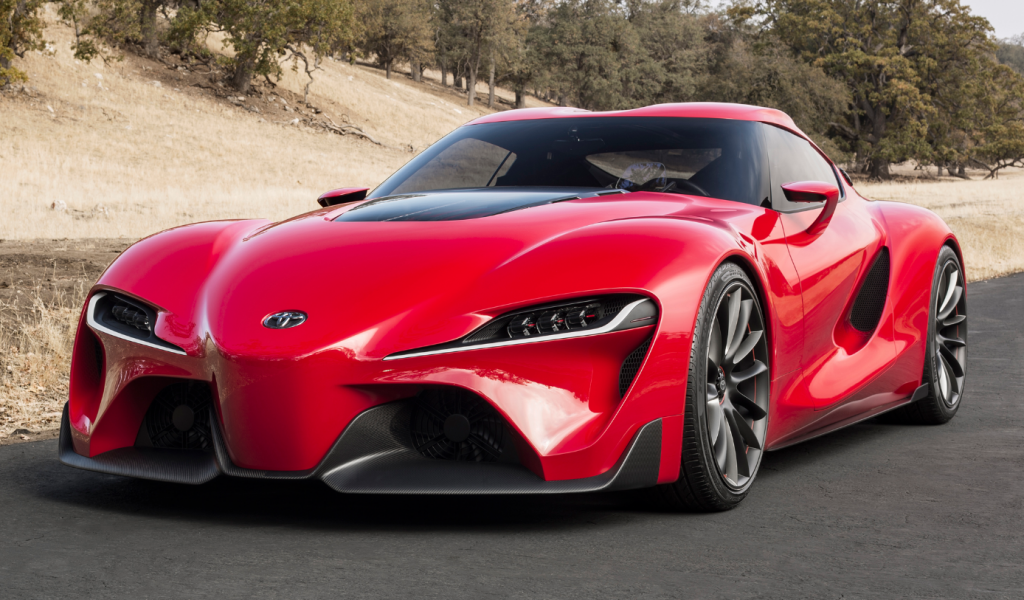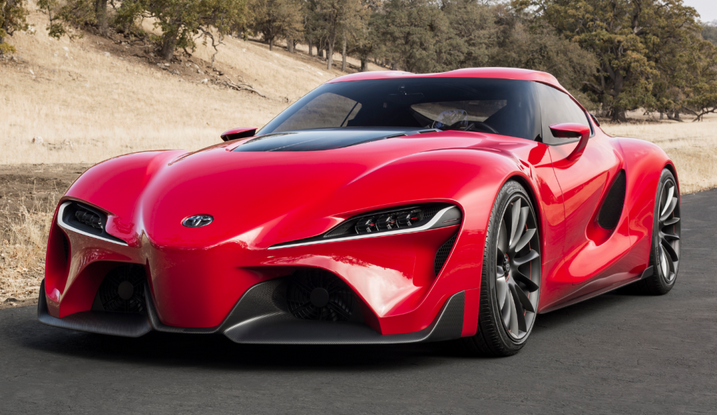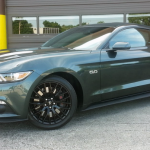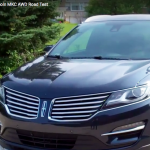
 by Don Sikora II
by Don Sikora II
Toyota’s Scion and Lexus divisions both offer models aimed directly at enthusiast buyers, but the Toyota brand itself has been devoid of a truly sporty offering for quite some time. However, it appears as though Toyota will be adding a real sports car to its lineup in the near future, and will possibly be reviving one of its most-storied model names—Supra—in the process.
The Supra name debuted more than 35 years ago: The 1979 Toyota Celica Supra essentially was a Celica hatchback with the front end lengthened to make room for a 110-horsepower inline six-cylinder engine. Subsequent Supras consistently upped the ante in power and performance. When the fourth-generation Supra arrived for 1993, it was a true high-performance machine that could be equipped with an available 320-horsepower twin-turbocharged inline six. The fourth-gen Supra was dropped in North America after 1998 due to slow sales, but Japanese production continued until 2002. Now, unconfirmed reports say a new Supra is in the works for 2018. While it’s rumored that tradition will be honored and the new machine will be powered by an inline six, there could be many surprises in store, too.
Reports of a reborn Supra surfaced quickly after a June 2012 announcement that Toyota and BMW had signed a Memorandum of Understanding regarding strategic collaborations. These included “joint development of architecture and components for a future sports vehicle, collaboration on powertrain electrification and joint research and development on lightweight technologies.” Speculation was that the project would also result in a replacement for BMW’s Z4 roadster, possibly named Z5.
Future Car: 2019 Jeep Wrangler

The two companies then signed binding agreements in January 2013 that added a few more details, including a feasibility study to define a “joint platform concept for a mid-size sports vehicle” and that the firms would “jointly develop lightweight technologies for vehicle bodies using cutting-edge materials such as reinforced composites, with an eye to utilize these technologies in cooperation on the joint development of a sports-vehicle platform as well as other BMW and TMC [Toyota Motor Corporation] vehicles.”
After more than two years, specifics remain scant. The latest reports of the jointly developed pair come from Australian outlet Motoring. Crediting sources in Japan and Germany, they report the new cars could use construction techniques similar to the BMW i8 gas/electric hybrid’s “LifeDrive” setup. LifeDrive starts with an aluminum frame that forms the car’s structure and houses the powertrain, battery pack, and suspension components. A carbon-fiber-reinforced plastic passenger compartment is then mounted to the frame. This construction technique is said to allow the companies to have completely different exterior styling for each of the resulting cars. The Toyota’s styling is reportedly finalized, but it’s not clear if its design was inspired by the 2014 Toyota FT-1 concept car, as many have speculated.
Motoring’s report details the car’s length as less than 177 inches, with a wheelbase of no more than 98.5 inches. Their source described it as “about the size of a [Porsche] 911.” The report also states that the sporty Toyota should weigh less than 2900 pounds and use a BMW-built turbocharged straight six with about 335 horsepower. A plug-in hybrid variant is also expected. It would weigh about 400 pounds more and combine a Toyota-sourced hybrid system with the BMW six for something like 470 horsepower.
We think it’s safe to assume the 2018 Toyota Supra will be a rear-drive machine, but all-wheel drive could also be offered. No word on transmission choice thus far, but BMW’s 6-speed manual and 8-speed automatics are as good of a guess as any. The plug-in hybrid might be automatic only though.
Toyota and BMW have officially released very little information about the expected sports cars, so many questions remain. We still don’t know which of the two companies will actually do the manufacturing or where, let alone model names or prices.
Regarding that last point, Car and Driver claimed in a November 2014 report the new Toyota would cost more than a base Chevrolet Corvette. A 2015 Stingray begins at $55,995, and a BMW Z4 with a turbo six starts about $1000 north of that. If Toyota can deliver similar pricing, we think they are going to have a very interesting new sports car on their hands.
10 Most-Expensive Japanese Cars of 1992
What’s Cool
- BMW’s turbocharged straight six is an unexpected, but very welcome, engine choice for a modern-day Toyota Supra.
- Plug-in version combines Toyota’s hybrid expertise with BMW’s sweet six.
- BMW i8-inspired construction methods should help keep the Supra’s center of gravity low as possible to optimize handling.
CG Says:
Performance-car enthusiasts and Toyota diehards have been pining for the return of a Supra (or at least a Supra-like model) to Toyota’s lineup for more than 15 years. The Toyota/BMW partnership is especially intriguing, and the scuttlebutt suggests that this forthcoming sports car will more than live up to the Supra name’s heritage. We suspect that some Japanese-car purists will be upset that the Supra-to-be won’t be a purely Japanese vehicle, but the reality of today’s market is that strategic alliances between manufacturers are often the best way to make relatively low-volume enthusiast machines financially viable for their makers.



